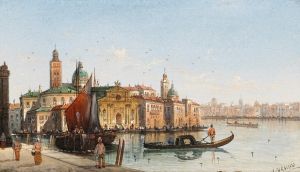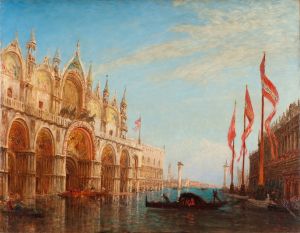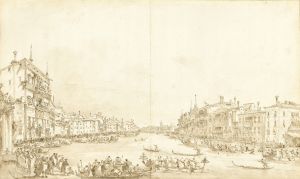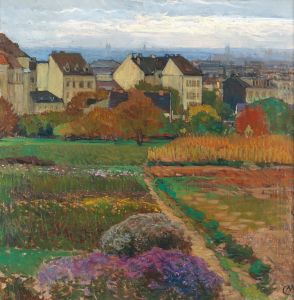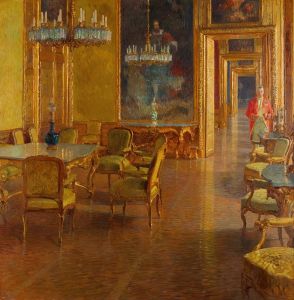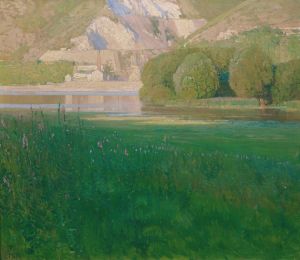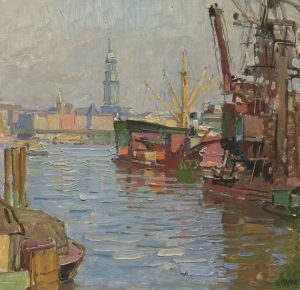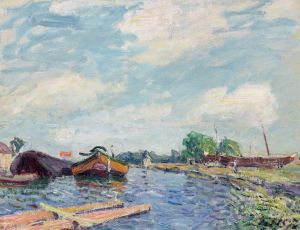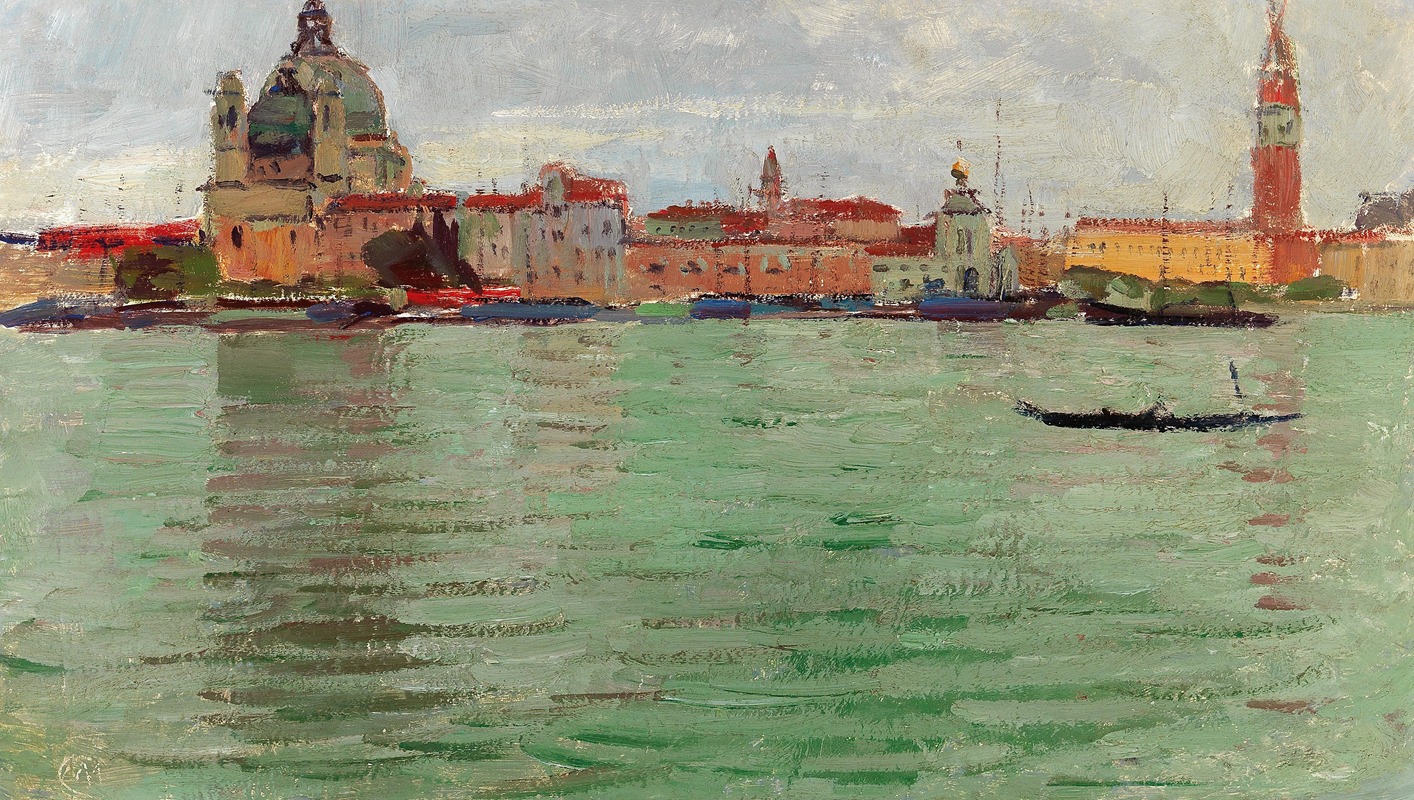
Venice, Santa Maria della Salute and Campanile di San Marco
A hand-painted replica of Carl Moll’s masterpiece Venice, Santa Maria della Salute and Campanile di San Marco, meticulously crafted by professional artists to capture the true essence of the original. Each piece is created with museum-quality canvas and rare mineral pigments, carefully painted by experienced artists with delicate brushstrokes and rich, layered colors to perfectly recreate the texture of the original artwork. Unlike machine-printed reproductions, this hand-painted version brings the painting to life, infused with the artist’s emotions and skill in every stroke. Whether for personal collection or home decoration, it instantly elevates the artistic atmosphere of any space.
Carl Moll's painting Venice, Santa Maria della Salute and Campanile di San Marco is a work by the Austrian painter Carl Moll (1861–1945), a prominent figure in the Vienna Secession movement. Moll was known for his landscapes, interiors, and cityscapes, often characterized by a focus on light, atmosphere, and architectural detail. This particular painting depicts a view of Venice, Italy, featuring two of the city's most iconic landmarks: the Basilica of Santa Maria della Salute and the Campanile di San Marco (St. Mark's Campanile).
The Basilica of Santa Maria della Salute, often referred to simply as "La Salute," is a Baroque-style church located at the entrance of the Grand Canal. It was constructed in the 17th century as a votive offering to the Virgin Mary in gratitude for the city's deliverance from a devastating outbreak of the plague. The church's distinctive dome and prominent position on the Venetian skyline make it one of the most recognizable structures in Venice.
The Campanile di San Marco, or St. Mark's Campanile, is the bell tower of St. Mark's Basilica, located in Piazza San Marco (St. Mark's Square). Originally constructed in the 9th century and rebuilt several times due to damage, the current structure dates to 1912, following the collapse of the previous tower in 1902. The Campanile is a symbol of Venice and offers panoramic views of the city and its lagoon.
Moll's painting captures the serene beauty of Venice, with its interplay of light and water, as well as the architectural grandeur of these landmarks. The artist's use of color and composition reflects his training and influences from the Secessionist movement, which emphasized modernity and a break from traditional academic art.
While the exact date of the painting is not specified, it is consistent with Moll's broader body of work, which often explored urban and natural landscapes with a focus on mood and atmosphere. The painting is a testament to Moll's ability to convey the unique character of a place through his art.
Further details about the painting's provenance, current location, or exhibition history are not readily available.





